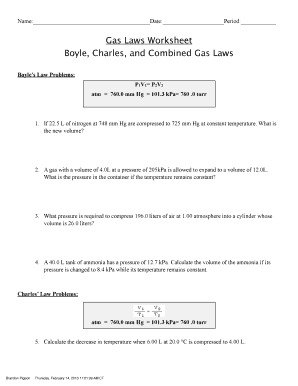

Simply put, each gas will contribute to the total pressure of the mixture proportionally to the number of molecules it has in the mixture. The partial pressure of hydrogen can be calculated using Dalton's Law of Partial Pressures, which tells you that the total pressure of a gaseous mixture is equal to the sum of the partial pressure of each gas that's a part of that mixture. Take a sample of gas at STP 1 atm and 273 K and double the temperature.ĭoubling the temperature, likewise doubled the pressure.The trick here is to not get distracted by the given volume of the hydrogen gas - water vapor mixture.Īll you need to focus on is the total pressure of the gaseous mixture and the vapor pressure of water at that temperature. This law holds true because temperature is a measure of the average kinetic energy of a substance when the kinetic energy of a gas increases, its particles collide with the container walls more rapidly and exert more pressure. Where #P_1# stands for the initial pressure of the gas, #T_1# stands for the initial temperature, #P_2# stands for the final pressure of the gas, and #T_2# stands for the final temperature. The law has a simple mathematical form if the temperature is measured on an absolute scale, such as in kelvins. Pressure and temperature will both increase or decrease simultaneously as long as the volume is held constant.

Simplified, this means that if you increase the temperature of a gas, the pressure rises proportionally. If the final pressure in the tank is 721 mmHg, what must have been the original pressure (in atm) in the cylinder 2 12 1 V P P x (721 mmHg V 1 atm x 760. A 35.8 L cylinder of Argon gas is connected to and transferred into an evacuated 1875-L tank at constant temperature. In other words, Gay-Lussac's Law states that the pressure of a fixed amount of gas at fixed volume is directly proportional to its temperature in kelvins. P 752 mmHg V V x 26.7 L x P 1.30 atm x 760 mmHg 1 atm 20.3 L 3. Gay-Lussac’s Law is an ideal gas law where at constant volume, the pressure of an ideal gas is directly proportional to its absolute temperature. If we add 0.250 mol of gas at the same pressure and temperature, what is the final total volume of the gas? Thus, its molar volume at STP is 22.71 LĪ 6.00 L sample at 25.0 ☌ and 2.00 atm contains 0.500 mol of gas.

One mole of an ideal gas occupies 22.71 L at STP. #V/n = k#, where #k# is a proportionality constant.Įqual volumes of hydrogen, oxygen, or carbon dioxide contain the same number of molecules. #V ∝ n#, where #V# is the volume, and #n# is the number of moles. Data Mass of Mg, g Moles of Mg Moles of H2 Initial syringe reading, mL Final syringe reading, mL Volume H2 collected, mL (Final reading-initial reading) Volume H2 collected, L Temperature, C Temperature, K Barometric pressure, mmHg Vapor pressure of H2O, mmHg Corrected pressure, mmHg Corrected pressure, atm Calculated R value, L-atm/mol-K. It does not depend on the sizes or the masses of the molecules. If 22.5 L of nitrogen at 748 mm Hg are compressed to 725 mm Hg at constant temperature. The volume increases as the number of moles increases. Another statement is, "Volume is directly proportional to the number of moles."


 0 kommentar(er)
0 kommentar(er)
